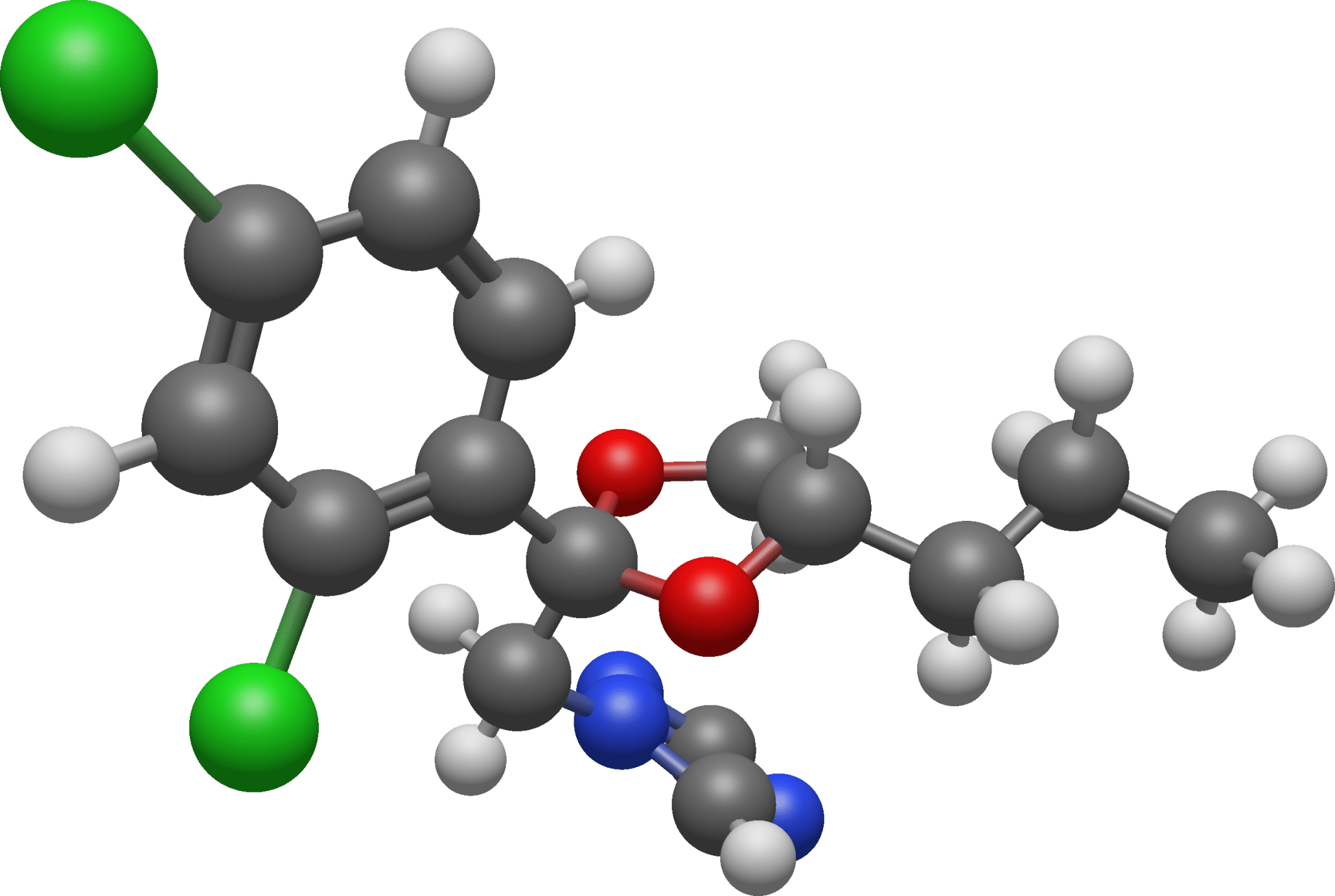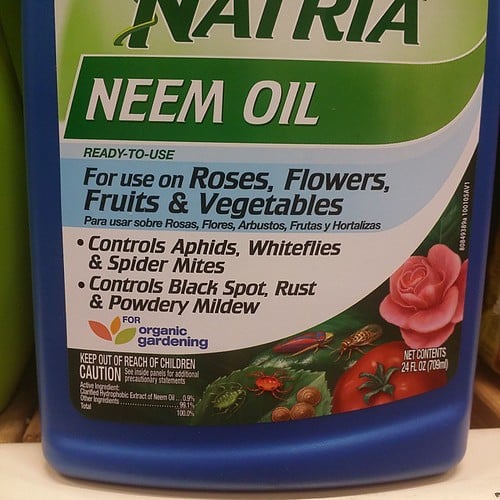Discover the Perfect Moments for Fungicide Application to Your Crops and Gardens Does the recurring problem of plant disease haunt you? Do you constantly seek success in growing healthy and robust crops in your farm or garden? If so, then the solution starts with understanding one vital subject – the right timing for applying fungicides. Timing is Key In the quest for lush, fruitful gardens and farms, deploying fungicides at the right time plays a significant role. Just as in cooking, where timing can make or break the perfection of a dish, the same principle applies when we talk about
Chris White Reviews & Articles
Different Types of Fungicides Available in the Market
Different Types of Fungicides Available in the Market
Unearthing the World of Fungicides: A Closer Look at the Diverse Types Available in Today’s Market Welcome, green thumbs and agriculture enthusiasts! This blog intends to serve as your go-to resource for information about fungicides – potent allies in the battle against plant diseases. Our crucial intention is not to bombard you with complicated scientific terms and formula; rather, we’ll simplify the concept for you. The aim of this post? To give you an in-depth understanding of the various types of fungicides available in the bustling market, their specific uses, effectiveness, and application methods. Let’s get started! 1. Contact Fungicides
Understanding Fungicides and Their Function
Understanding Fungicides and Their Function
Understanding Fungicides and Their Function Introduction Have you ever wondered why your favorite rosebush suddenly wilted even after weeks of regular watering and plenty of sunlight? The likely culprit? Fungal diseases. This blog post aims to shed light on one of the most widespread remedies for this common problem: fungicides. Fungicides play a crucial role in preserving the health of your plants. Whether you are an amateur gardener, a professional horticulturist, or just someone interested in plant care, understanding these chemical warriors can help you on your mission to protect your green friends from hazardous fungal threats. What are Fungicides?

Plant Fungus Infection: Prevention, Treatment, and Tales

Plant Fungus Infection: Prevention, Treatment, and Tales
Table of Contents Introduction Understanding the Basics Common Types of Fungal Infections in Plants Symptoms and Diagnosis Treatment and Prevention Case Study: The Great Potato Famine Conclusion Introduction The dawn of plant life on Earth, approximately 500 million years ago, wasn’t just a turning point for our blue planet, but a pivotal moment that would lay the foundation for a myriad of ecosystems. From thick forests to the floral ornaments in our backyards, plants give us more than just oxygen—they provide sustenance, beauty, and countless resources that have fueled human civilization’s progress. Yet, in this verdant symphony of life, there’s

The Role of Propiconazole as a Fungicide in Crop Protection

The Role of Propiconazole as a Fungicide in Crop Protection
Table of Contents Introduction History and Development of Propiconazole Mechanism of Action Benefits of Using Propiconazole as a Fungicide Potential Downsides and Concerns Comparison with Other Fungicides Real-world Applications and Products Conclusion Introduction Imagine the vast green fields, farmers diligently at work, and the golden crops swaying in the wind. An enchanting view, right? But lurking in the soil, in the air, and even on the leaves of plants are fungal pathogens, ready to strike. This is where propiconazole enters the scene, acting as a knight in shining armor for the crops. But before we delve deep into the world

Captan Fungicide: The Ultimate Guide to its Science and Uses

Captan Fungicide: The Ultimate Guide to its Science and Uses
Table of Contents Introduction The Science Behind Captan Fungicide Applications in Agriculture Alternative Uses Safety and Handling Products on the Market Conclusion Introduction The story of agriculture is vast, spanning from the first ancient tillers of the earth to the colossal, tech-driven farms of today. Amidst this grand tale, countless characters have emerged to play critical roles. One such unsung hero is the captan fungicide. A compound that has, over the years, danced gracefully in the fields, fending off fungi and ensuring our crops flourish. But what exactly is this silent sentinel? Let’s dive into the world of captan fungicide.

Granular Fungicides 101: Benefits, Application, and Safety

Granular Fungicides 101: Benefits, Application, and Safety
Table of Contents Introduction History and Development Advantages of Granular Fungicides Commonly Used Granular Fungicides in 2023 Application Methods and Best Practices Safety Precautions and Environmental Concerns Conclusion History and Development The story of granular fungicides is one of innovation and response to the ever-evolving challenges faced by farmers and gardeners alike. Long before these granulated wonders graced our soils, humanity relied on nature’s arsenal to combat plant diseases. The Birth of Fungicides It might surprise many to know that the rudimentary forms of fungicides were traced back to ancient civilizations. Sulfur, one of the oldest known pesticides, was used

From Ancient Roots to Modern Gardens: Neem Oil as a Fungicide

From Ancient Roots to Modern Gardens: Neem Oil as a Fungicide
Table of Contents Introduction History of Neem Oil in Agriculture Why Neem Oil Works as an Effective Fungicide Benefits of Using Neem Oil Over Synthetic Fungicides How to Use Neem Oil as a Fungicide Real-World Applications and Success Stories Products on the Market Conclusion The natural world has, for eons, offered a plethora of solutions to many of the challenges we face. Among the myriad of botanical wonders, neem oil stands out as a versatile defender against pests and diseases. But what makes neem oil so special? And why has the term “neem oil as a fungicide” started echoing in

Wettable Powder Fungicides: A Comprehensive Guide

Wettable Powder Fungicides: A Comprehensive Guide
Table of Contents Introduction Composition and Formulation Applications and Uses Environmental and Safety Considerations Leading Products and Manufacturers Innovations and Future Prospects Conclusion In the intricate world of agriculture, the war against fungal diseases never ends. As farmers strive to keep their crops healthy, they turn to a host of tools, one of which is the unique class of wettable powder fungicides. Wettable powder fungicides, with their distinctive formulation and diverse applications, stand as an important ally in safeguarding crops against destructive fungi. Their prominence traces back to a deep-rooted history and an unwavering commitment to innovation. A Glimpse into

The Science Behind Myclobutanil as a Fungicide

The Science Behind Myclobutanil as a Fungicide
Imagine a world where the food we eat is constantly under attack by microscopic foes. These foes, known as fungi, have the potential to wreak havoc on our agricultural bounty. Enter myclobutanil as a fungicide, agriculture’s unsung hero. This powerful chemical compound steps into the battle, shielding crops and ensuring a healthy harvest. Myclobutanil isn’t just a fungicide; it’s a promise of protection, a symbol of science working in harmony with nature. It’s a story worth telling, and that’s precisely what we’re about to embark upon. Chemical Characteristics: The Building Blocks At the heart of myclobutanil’s success as a fungicide
